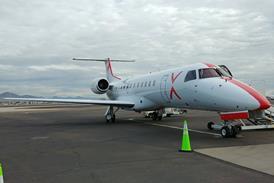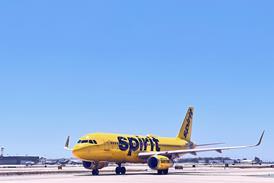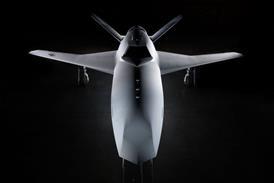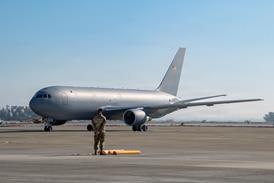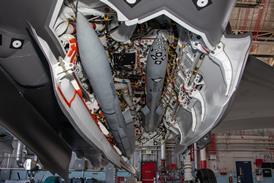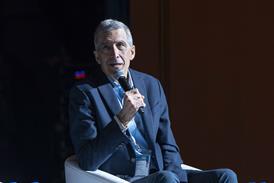London Heathrow airport chief Thomas Woldbye has defended the decision to close the hub after it suffered a substantial loss electrical power on 21 March.
Woldbye, who was appointed to the post in 2023, testified before a UK parliamentary transport committee on 2 April.
“When we cannot safely operate the airport and when we can’t guarantee and have full visibility…on the fact that we can operate the airport safely, then we cannot operate the airport,” he said.
“I think the only thing we could have done worse than that would have been to let passengers travel from an unsafe airport. That is not an option and we cannot compromise on that.”
He says three transformers and two “supposedly resilient” lines feeding Heathrow were left out of function when a fire broke out at a substation late on 20 March.
Woldbye says the operator was facing a “very uncertain situation” for several hours, and could see that “one-third” of the airport was powering down, particularly in the area of Terminal 2 and the central terminal zone.
Back-up systems for safety-critical operations like the control tower and runway lights activated as they should.
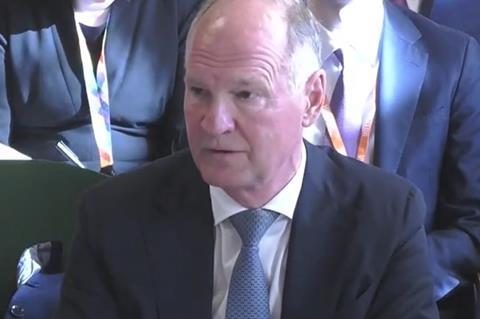
While the airport’s systems could be reconfigured to run from two other substations, Woldbye says this required restructuring the electrical power routes.
“It sounds like a simple process,” he states. “It’s a complicated process that needs executing in a certain order.”
The operator proceeded with this reconfiguration – which took around 10h – owing to the continuing problems with the fire-hit substation.
Although the operator had set an objective to open at 04:30 on 22 March, Woldbye says Terminal 5 was “less affected” and, with co-operation from British Airways, able to open late on 21 March.
He adds that, if Heathrow had not been closed, the operator risked the “disastrous scenario” of having thousands of passengers gathered in the inactive airport, as well as gridlocked roads and a multitude of other problems.
Heathrow Airline Operators’ Committee chief Nigel Wicking, who also testified, told the committee that he had raised concerns about the electrical substations on two occasions in March, following a “couple of incidents of theft of wire and cable” around power supplies – one of which “took out” runway lights for a period of time.
Closure of the hub on 21 March led to around 1,300 flight cancellations. Wicking says some 120 aircraft en route had to divert or return to base adding that, by early morning, air navigation service NATS had “run out of space in the UK” for diversions and aircraft were being sent to other parts of Europe.


